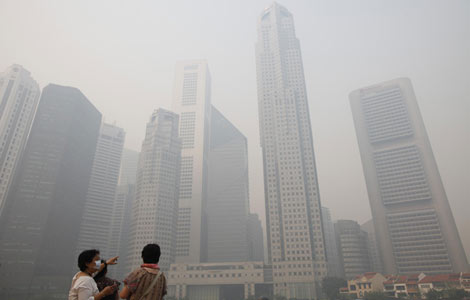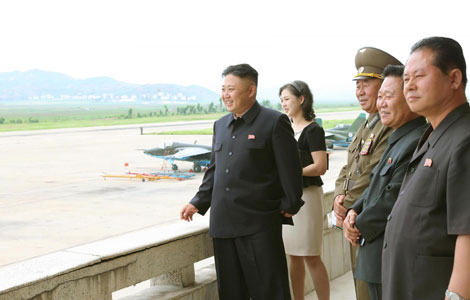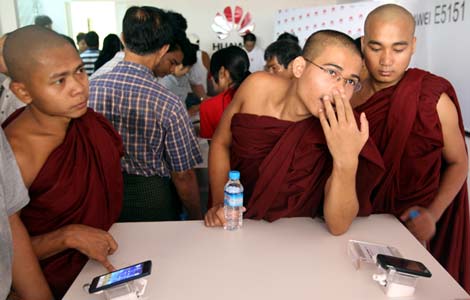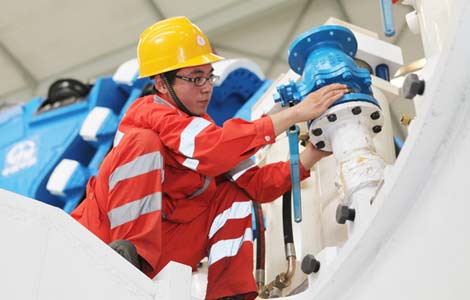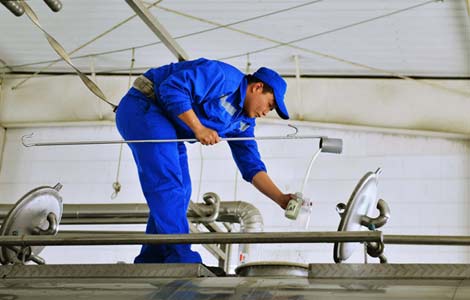Asean single market behind schedule
Updated: 2013-06-21 11:27
(www.asianewsnet.net/The Jakarta Post)
|
||||||||
The idea for an Asean single market, initiated in 2007, is unlikely to come into effect on schedule due to unsettled problems among member states.
The high-profile Asean Economic Community (AEC), also called the Asean single market, may not be fully implemented in 2015 as it appears there is a mismatch between political ambition and political will among several member states, a report says.
The implementation of the AEC, under which 10 member states of Asean are set to see economic integration, is behind schedule on its stated objectives and timelines, according to a report published by the CIMB Asean Research Institute.
The report, titled "The Asean Economic Community: The Status of Implementation, Challenges and Bottlenecks", also says that progress toward the AEC does not fully correspond with the reality and is influenced by political motives.
Since the Asean Secretariat relies on the member states — Brunei Darussalam, Cambodia, Indonesia, Laos, Malaysia, Myanmar, the Philippines, Singapore, Thailand and Vietnam — to fill the Asean scorecard, the results do not mirror real achievements.
“The scorecard is the main indicator of progress, but there is political spin because no country wants to be seen as being behind the others,” Joern Dosch, the report’s principal author, said during the report’s launch in Kuala Lumpur on Thursday.
While officials lauded Asean intra-trade as growing rapidly, he said the development was stagnant.
The report shows that in 2011, the trade within Asean only accounted for 25 per cent of total Asean trade, down from 25.4 per cent a year earlier and from 25.5 per cent in 2009.
Member states still put more emphasis on trade relations between the association and other countries, such as Japan and China, the report says.
The AEC Blueprint was signed by Asean leaders on Nov. 20, 2007. Under the AEC, member states will see a better free flow of goods and services, and tariffs among members will be reduced around 0 per cent to 5 per cent.
The report also highlights the economic and development gap of member states that serves as an obstacle to AEC realisation.
In 2010, Singapore, the wealthiest Asean member, had a gross domestic product (GDP) of US$43,929 per capita. Myanmar’s GDP, on the other hand, stood at $715 per capita in 2010, a tiny 1.6 per cent of Singapore’s.
Meanwhile, in the financial sector, integration will cover the capital market development, the liberalisation of financial services, capital account liberalisation and Asean currency cooperation. a
“The integration will even be more complicated to achieve the far-reaching AEC vision,” said Dosch, who is also a senior fellow at the institute.
Another problem involves the low utilisation of free trade provisions among businesspeople.
The report quoted a 2012 survey from the Asean Business Advisory Council (Asean-BAC) on Asean competitiveness, which stated only 25 per cent of the respondents said they used preferential trade provisions in Asean when doing business and 29 per cent of them planned to use the provisions.
The other 46 per cent said they did not use the provisions, with many of them not even realising the provisions existed.
Contacted separately, the Indonesian Chamber of Commerce and Industry (Kadin) chairman Suryo Bambang Sulisto said that as the AEC implementation was inevitable, Kadin and its members would focus on increasing their preparedness by partnering with the government.
Most Viewed
Editor's Picks
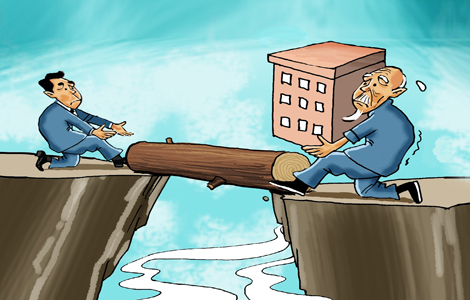
|

|

|

|

|

|
Today's Top News
China urges resumption of six-party talks
SEC charges China-based firm with fraud
Bank of China denies monetary default report
Snowden's future hangs in balance
China reiterates support for the UN
Dairy measures start at source
June PMI signals weakness
Drug-related crimes on the rise in Xinjiang
US Weekly

|

|
